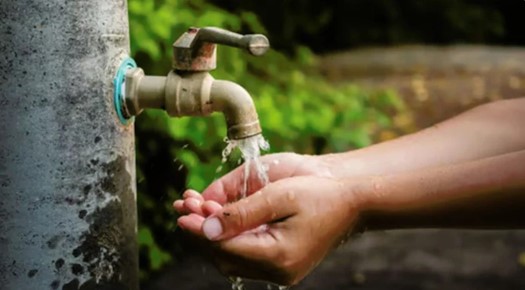
Korean team uses Artificial Intelligence to produce clean water
The new AI model demonstrated impressive accuracy in predicting the concentrations of key ions such as sodium, potassium, calcium, and chloride.
Approximately 2.2 billion people worldwide lack access to safe, managed drinking water, and nearly half of the global population faces severe water scarcity at some point each year.
To combat these pressing issues, significant socioeconomic investments are being made in alternatives like sewer irrigation, rainwater reuse, and seawater desalination.
However, centralised water distribution systems often struggle to adapt quickly to fluctuating water demands, prompting a growing interest in decentralised water production technologies.
Researchers at the Korea Institute of Science and Technology (KIST), led by Dr. Son Moon, have developed an innovative solution using data-driven artificial intelligence to enhance electrochemical water treatment processes.
Collaborating with Professor Baek Sang-Soo's team at Yeongnam University, they created a random forest model — an efficient machine learning technique — to predict ion concentrations in water more accurately than existing sensors that rely on electrical conductivity measurements.
The new AI model demonstrated impressive accuracy, achieving an R² value of approximately 0.9 for predicting the concentrations of key ions such as sodium, potassium, calcium, and chloride.
This breakthrough allows for real-time monitoring of water quality, which is essential for effective management of water resources.
The researchers found that updates to the model were necessary every 20 to 80 seconds to maintain accuracy, indicating that frequent measurements are crucial for tracking specific ions.
Dr. Moon emphasised the significance of this research not only in advancing AI technology but also in its potential applications within national water quality management systems.
By enabling precise monitoring of individual ion concentrations, this technology could significantly enhance social water welfare and contribute to more effective responses to global water challenges.
As the world grapples with increasing water scarcity due to climate change and population growth, innovations like this offer hope for improved water management strategies that can adapt to the needs of diverse communities.